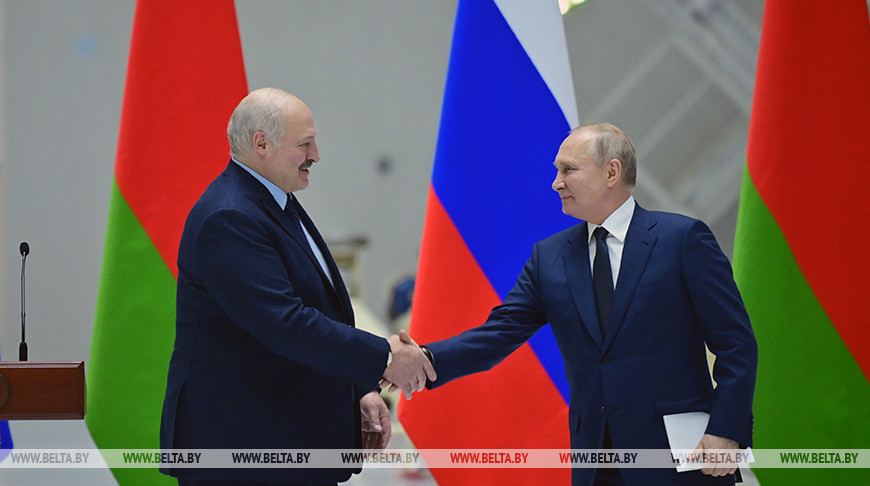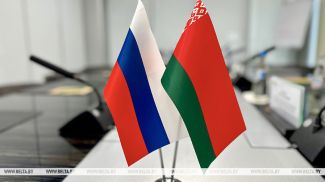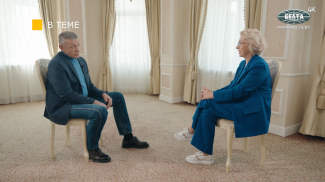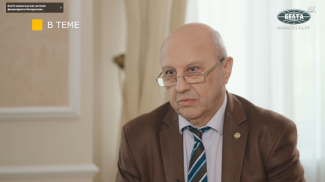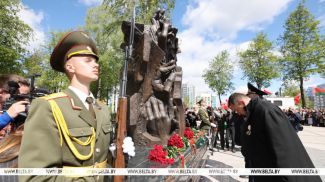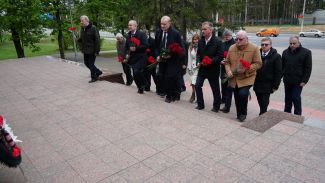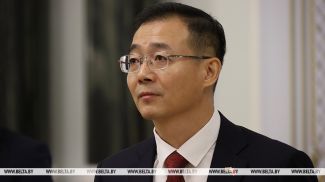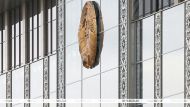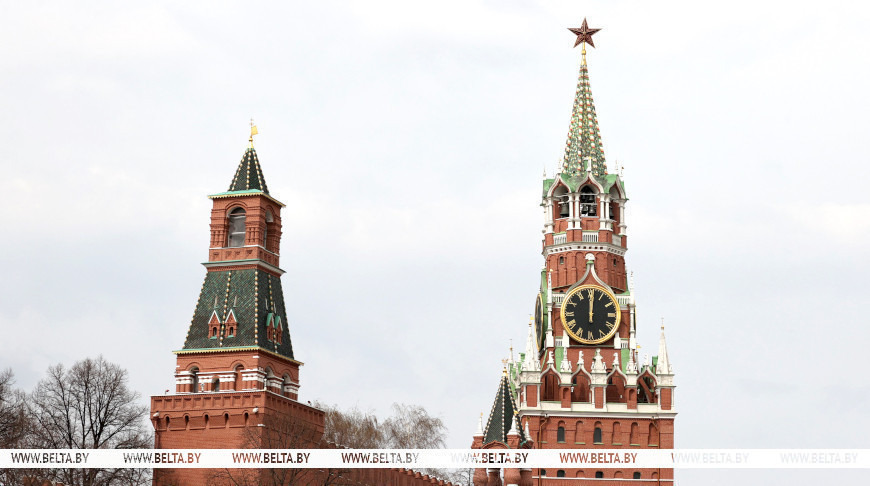
Direct interaction with Russian regions, from Kaliningrad to Vladivostok, produced tremendous economic results. Minsk established presence everywhere. Interaction included direct deliveries and joint production. Formerly known as the USSR’s assembly shop, Belarus was reclaiming the 140-million market. Much was achieved thanks to personal contacts. Governors of Russian regions were literally lining up at the Palace of Independence in Minsk.
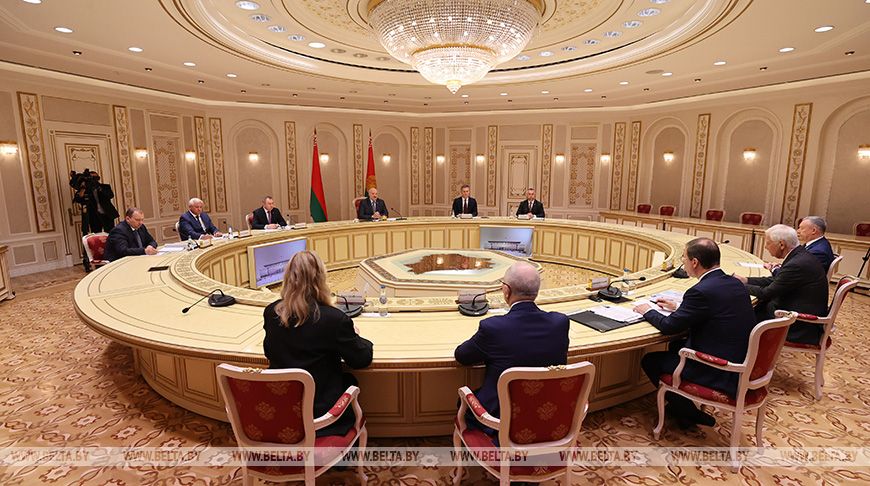
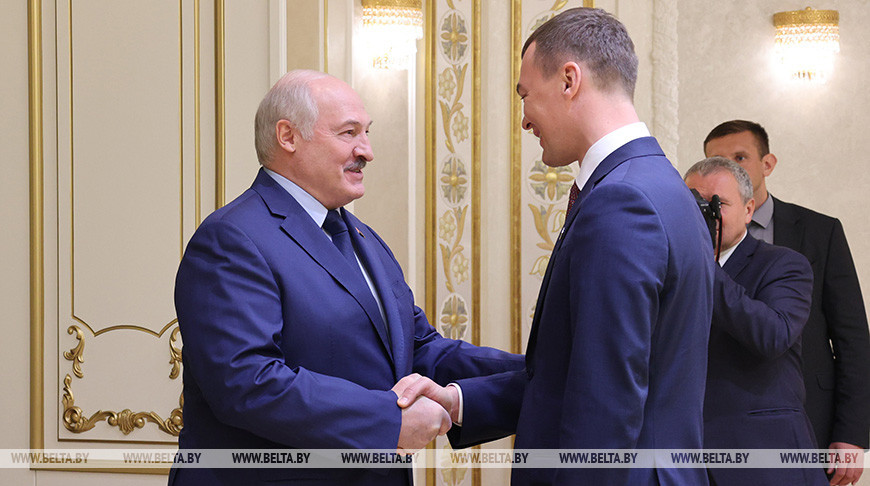
In the 1990s, Aleksandr Lukashenko traveled around the Russian regions and negotiated the sale of Belarus-made goods. He gained huge popularity there, and the Kremlin was concerned about it.
1997. The Belarusian president was not allowed to visit Russia. By this time the history of visits of our leader to the Russian regions was short yet rich. In February 1996, Governor of Tyumen Oblast Leonid Roketsky initially declined to meet with Aleksandr Lukashenko until Moscow gave the nod of approval.
The work continued very effectively. The Kremlin’s unease grew. It got to the point that Aleksandr Lukashenko had to cancel trips to Lipetsk Oblast and Yaroslavl Oblast where governors were eagerly awaiting the meetings. Coordination within the young Union State was on the agenda. But the Kremlin was concerned over the popularity of the Belarusian leader in the “red belt” regions.
But no matter how much some forces tried to belittle the Union State idea, today we see this policy was spot on. Trade between the countries has reached tens of billions of dollars.